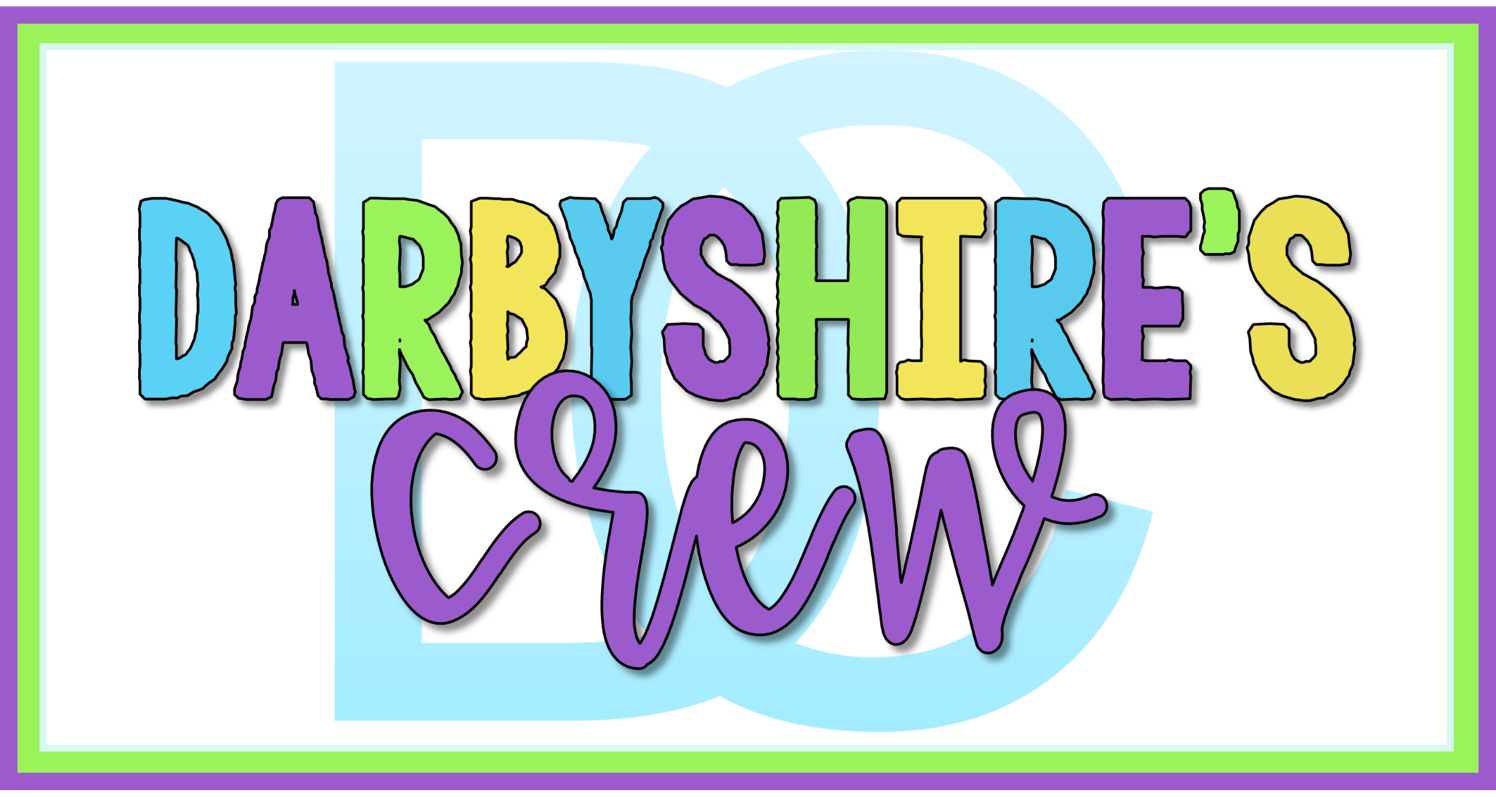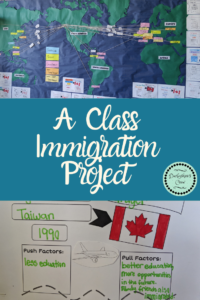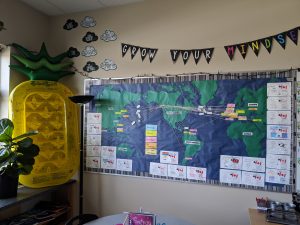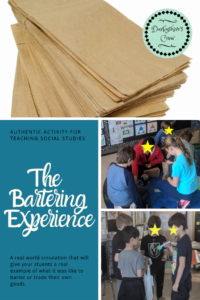 This year in my social studies curriculum, I had to teach about the first contact between the First Nations and the Europeans in Canada. Ever since the new curriculum has come into effect in BC, our text books have been a bit out of date. It isn’t that this topic isn’t in the text books our school has, but more so that it was one page of limited information. I knew I had to get creative.
This year in my social studies curriculum, I had to teach about the first contact between the First Nations and the Europeans in Canada. Ever since the new curriculum has come into effect in BC, our text books have been a bit out of date. It isn’t that this topic isn’t in the text books our school has, but more so that it was one page of limited information. I knew I had to get creative.
Thanks to the CBC and curio.ca, I was able to use the Canada: A People’s History for clips to help show my students some of the stories that happened during the First Contact, but you can read more about that here. My students though, were very intrigued by this idea of how the first Europeans were so eager to trade with the First Nations. I knew this was something we had to explore further.
 So I created this activity for my students! I wanted to mimic what the experiences of the First Nations and Europeans were as closely as possible. Each student was given a paper bag and a notice to parents explaining the activity. They each had to find 5 items at home that they were willing to part with. You should have heard these kids! “But I love all my things” “I don’t have anything to get rid of!”
So I created this activity for my students! I wanted to mimic what the experiences of the First Nations and Europeans were as closely as possible. Each student was given a paper bag and a notice to parents explaining the activity. They each had to find 5 items at home that they were willing to part with. You should have heard these kids! “But I love all my things” “I don’t have anything to get rid of!”
It was rather humorous. But they had a week to figure it out. And every kid brought a bag back to school with parents having signed off on their choices.
Before we started the activity, I explained the ‘rules’: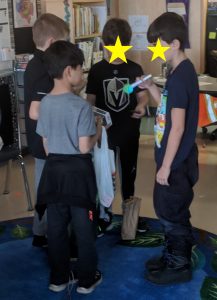
- No one was allowed to talk, they could only use their body language and gestures to communicate. The first nations and Europeans a
t the beginning did not have translators and they still managed to trade goods. - I gave 2 students special privileges – they were allowed to speak. They represented a minority of people in the early days that did know both languages.
- No one had to agree to a trade, both parties had to be happy to make the trade happen.
- If nothing interested you, you didn’t have to trade anything.
- All trades are final, no one gets their items back at the end.
- You can trade more than one item for one item.
- All trades had to be recorded in their trade logs, just like anyone who had to run a trading post back in the day. Records were meticulously kept.
Then I let them begin. And it went on a long long time. As time passed, they got more creative with their trades. Kids who had something lots of kids wanted held a lot of power. And they realized how much they could communicate without using their words. (Core competency lesson anyone?)
The reflections of the activities these beginning grade 4s wrote showed a fantastic amount of learning from such a simple activity.
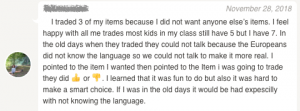 Hopefully you can use this idea as well to help you in your classroom. I think it could apply to a variety of times in history and could be adapted to many different age groups. You can purchase the notices, reflections and assessment pages for this activity at my teachers pay teachers store.
Hopefully you can use this idea as well to help you in your classroom. I think it could apply to a variety of times in history and could be adapted to many different age groups. You can purchase the notices, reflections and assessment pages for this activity at my teachers pay teachers store.
♥ Cassandra
PS. If you are looking for another great Socials activity, try this immigration class project!
